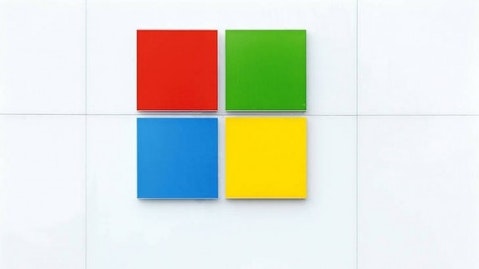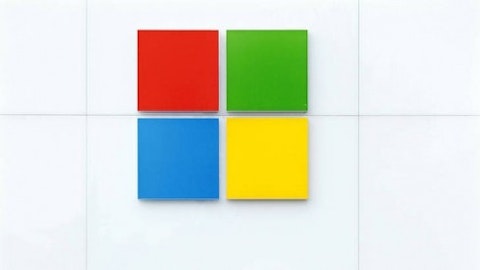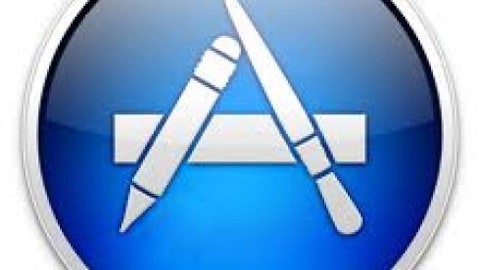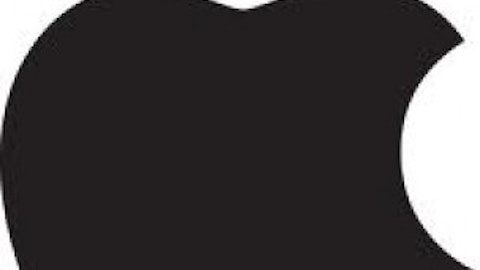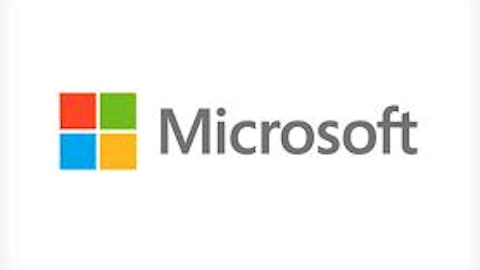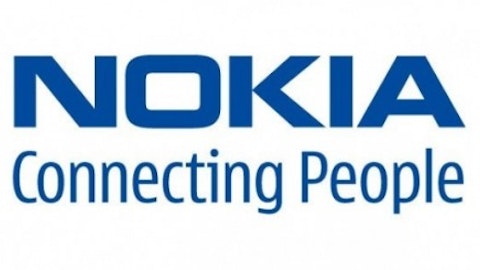Microsoft Corporation (NASDAQ:MSFT) Windows 7 and Windows XP are still very popular. According to Net Market Share, Windows 7 and Windows XP operate 46% and 37% of desktop PCs, respectively. Microsoft Corporation (NASDAQ:MSFT) could have just stuck with that proven formula, but it gambled on some big changes in the user interface with Windows 8. While the changes in the OS continue to be met with criticism, the results are actually mixed.
Failure
There is no doubt that Windows 8 has struggled in the desktop PC market. Almost eight months has passed since Windows 8 launched. Both Windows 8 and Windows 7 launched in the month of October. In over the same span of time, Windows 7 climbed from 2.18% desktop market share to over 14% market share. Check out the following chart (data source: Net Market Share).

Windows 8 is still below 5% market share.
However, the OS is not completely dead in the water. Windows 8 recently passed Windows Vista and is actually gaining market share at a solid rate. Still, it is struggling to gain large market share.
Furthermore, Windows 8 so far has failed to restore growth in the PC market. One of the most notable things about Windows 8 is that it was designed for tablets and PCs. This is a different strategy from Apple Inc. (NASDAQ:AAPL), which has two separate OS’s. OS X is for Macs and iOS is for tablets and smartphones. One strategic advantage to having Windows run both tablets and PCs is the legacy programs. Windows has been popular for years so being able to run these legacy programs is definitely an advantage.
However, the new user interface has done nothing for the PC market, which is still in a huge rut. According to IDC, PC shipments declined 14% year-over-year in the first quarter. It is the biggest decline in one quarter and the fourth consecutive quarter of decline. IDC states, “At this point, unfortunately, it seems clear that the Windows 8 launch not only failed to provide a positive boost to the PC market, but appears to have slowed the market.”
Success
Still, it is a mistake to just look at how Windows 8 is doing in desktops and the state of the PC market and declare Windows 8 a failure. Windows 8 was designed with touch in mind and tablets are a big part of that. The tablet market is exploding. According to IDC, worldwide tablet shipments increased 142% year-over-year to 49 million units in Q1. IDC expects that tablet shipments will surpass the PC market by 2015. While those are just projections and the desktop PC is still important, tablets are definitely here to stay.
In Q1, Windows tablet (excluding Windows RT) shipments climbed to 1.6 million units from only 200 thousand units in the same quarter of the previous year. Microsoft Corporation (NASDAQ:MSFT) shipped about 700 thousand Surface Pro tablets so its hardware partners shipped 900 thousand Windows tablets. In terms of market share, Google Inc (NASDAQ:GOOG) Android controlled 56.5% of the market, Apple Inc. (NASDAQ:AAPL) 39.6%, and Windows (excluding Windows RT) 3.3%.
Before Windows 8, Windows was basically nonexistent in the tablet market. This growth in market share in tablets is a big success for Microsoft Corporation (NASDAQ:MSFT) because the company needs to be present in the exploding mobile market. There are still big challenges in tablets for Windows. Android is proving to be a juggernaut in tablets just like it is in smartphones. Android tablet shipments grew 248% year-over-year. Those numbers are even more impressive because the OS went from 39% to 57% market share and surpassed iOS for the lead.
In addition, Android is free to license so that negates Windows’ advantage of being licensable. Windows still holds that advantage over iOS. Still, Windows 8 has a good chance to succeed in tablets because it can run legacy Windows programs and is licensable. As was previously stated, this is a big plus because it can attract the large number of desktop users.
Windows 8.1
Finally, it should be noted that Microsoft Corporation (NASDAQ:MSFT) will be releasing Windows 8.1, a Windows 8 update. While there are many things that are being added or changed, the most important additions are the start button and the rumored boot to desktop option. Now granted this will not satisfy users who hate Windows 8 because of the replacement of the start menu with Metro/Modern UI. However, the option to boot to desktop and the addition of the start button should drastically lower the learning curve and make the OS more familiar. Many new users were confused when Windows 8 booted to Metro and found the start button missing. The return of these features should help Windows 8 adoption in the desktop market. Overall, Windows 8 could end up making Microsoft Corporation (NASDAQ:MSFT) a ton of money.
The article How Windows 8 Can Still be a Success originally appeared on Fool.com and is written by Alvin Gonzales.
Alvin Gonzales owns shares of Microsoft. The Motley Fool recommends Apple and Google. The Motley Fool owns shares of Apple, Google, and Microsoft. Alvin is a member of The Motley Fool Blog Network — entries represent the personal opinion of the blogger and are not formally edited.
Copyright © 1995 – 2013 The Motley Fool, LLC. All rights reserved. The Motley Fool has a disclosure policy.
